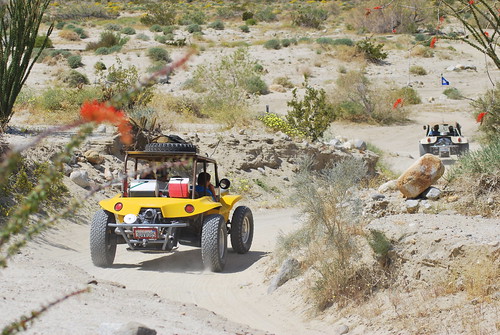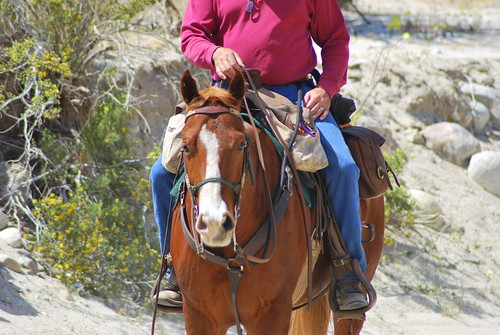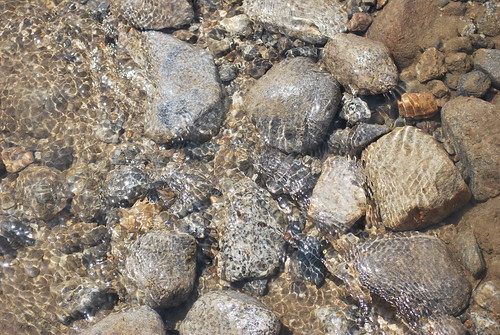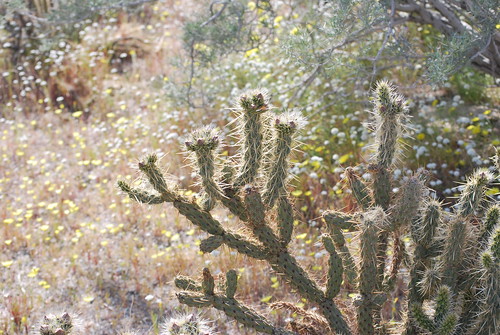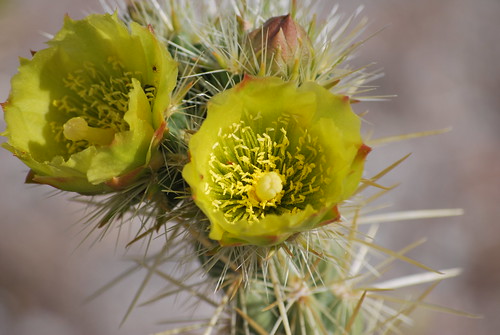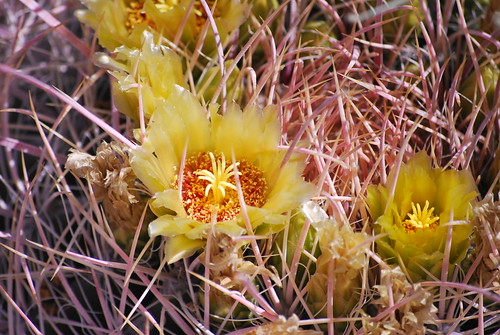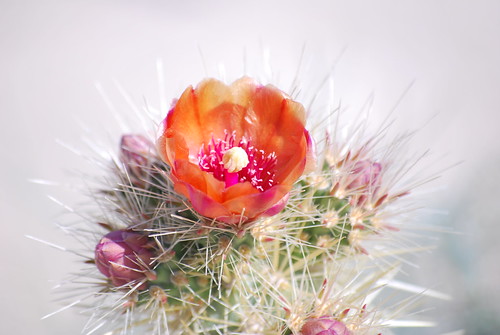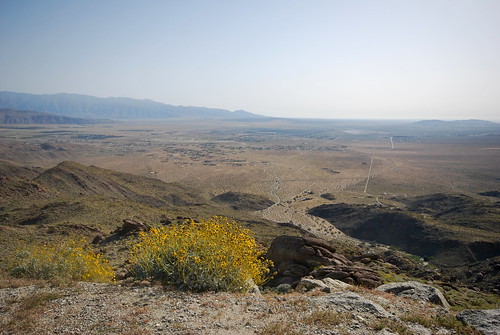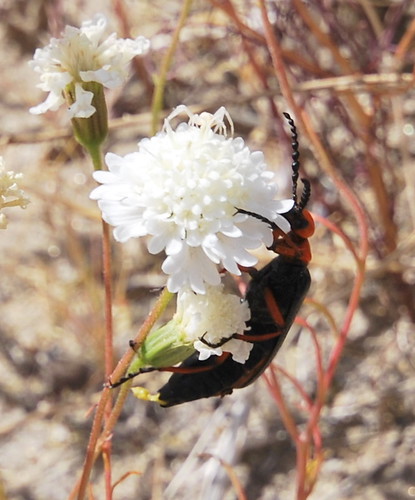OK, it's time to move on from the desert to Chicago, but before we do...I just want to add a few more photos, lest you think that Anza is all about little stuff --i.e., Gnatcatchers, butterflies, beetles, flowers, sand grains, cactus needles, etc.
For some folks, Anza is about palm trees, streams, horseback riding, and four-wheelin'

